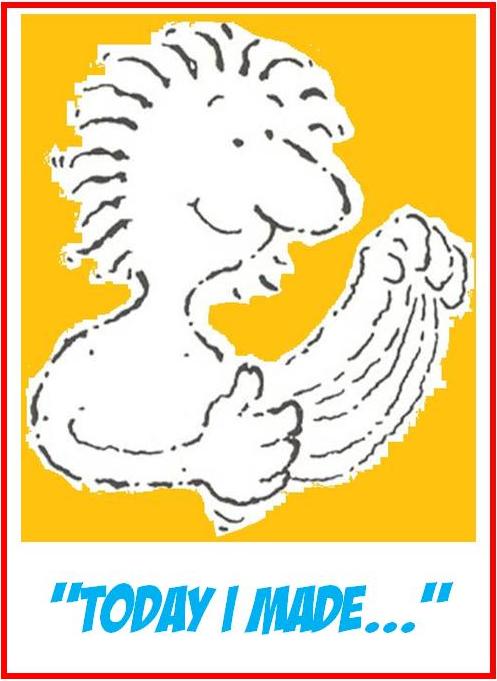

With USM settings of Amount – 100, Radius – 0.2, and Threshold – 0, I apply the filter 5 or 6 times. My typical sharpening routine applies multiple application of USM in small amounts. The Unsharp Mask filter (USM) works well for web sized images. The image is ready for the sharpening method of your choice. Finally, with the Shift key held down, use the Lasso Tool to surround the ripples in the water you want sharpened. Use the Lasso Tool to grab the reflection and any remaining bits of water. Shift+Left Click in the open areas of the water until the entire primary subject is surrounded. Start with the Magic Wand Tool at a Tolerance of about 10.

Using a combination of the Magic Wand Tool and the Lasso Tool, I’ve selected the primary subject and those ripples in the water that are in focus (Photo 4). There is usually no reason to sharpen the reflection since it is typically well outside the depth of field for the image. In a water image, there can be some features in the water that you want to sharpen – ripples that are near the focus plane of the subject. It would exclude large areas of OOF background. Selective sharpening for the typical bird photo would include sharpening the bird and any perch that was within reasonable focus. Selective sharpening is a technique used to avoid enhancing noise in large out of focus (OOF) areas. Sharpening for the web should be done last, after all other adjustments and final sizing. This discussion will apply specifically to a photo sized for web posting. While were here, lets discuss sharpening for a water reflection image. Here I’m using the Crop Tool constrained to the original 3:2 proportions, and doing a tiny bit of creative cropping to eliminate some unnecessary negative space on the sides of the image. Just click OK and your image is level.Īt this point, the outside edges of your canvas are no longer level and you’ll need to do some cropping to correct this (Photo 3). The next step is to select Image>Rotate Canvas>Arbitrary… The magic of this tool becomes evident here as the exact amount of rotation and direction necessary is already programmed into the Rotate Canvas box. Note: If you hold the Shift key down, the measuring line will be constrained to a perfect vertical line – a useful feature for checking your image quickly for level. Move the cross to the primary feature, left click, hold, and drag the line to the reflected feature (Photo 2). Zoom in on your image until the two features you wish to align are large in the window. The Measure Tool is similar to any line drawing tool. If you have a good catchlight in the reflection, that is the most accurate feature.


If you have relatively flat water, pretty much any feature that is well defined in both the primary and reflection can be used. Where to measure is probably the hardest part of the process. You’ll find this tool under the Eyedropper Tool, just left click and hold down to get the tool choices to pop up. The Photoshop Measure Tool makes this task easy. After some minor image adjustments (brightness, contrast), it’s time to level and crop. Photo 1 is an example of a reflection image that’s not quite level. This is when the Photoshop “Measure Tool” comes to the rescue. No matter how hard you try – tripod leveling base, bubble level, etc. Taking a great water reflection image requires your camera to be perfectly level. Text and photography copyright © Bob Steele. Bird Photography Leveling and Sharpening a Reflection Image


 0 kommentar(er)
0 kommentar(er)
